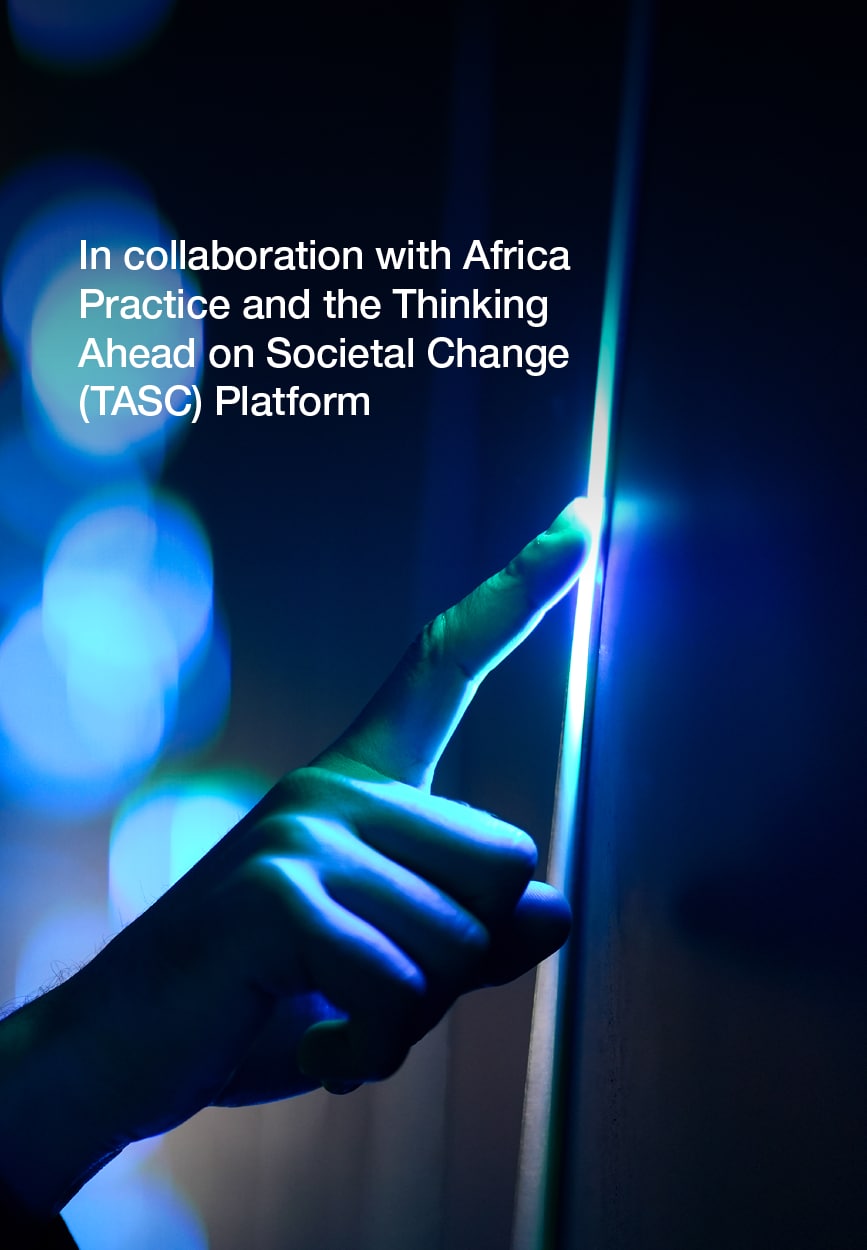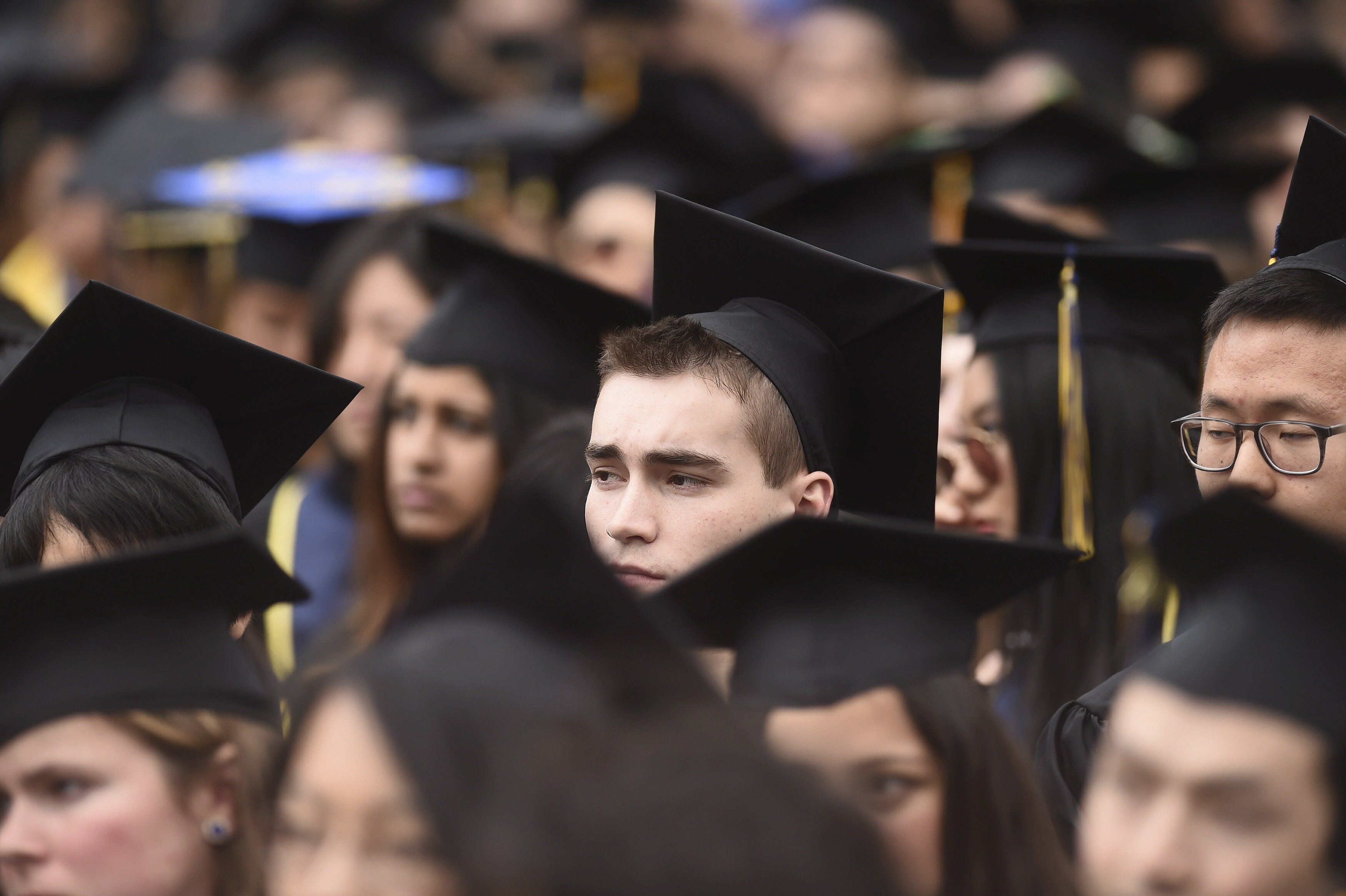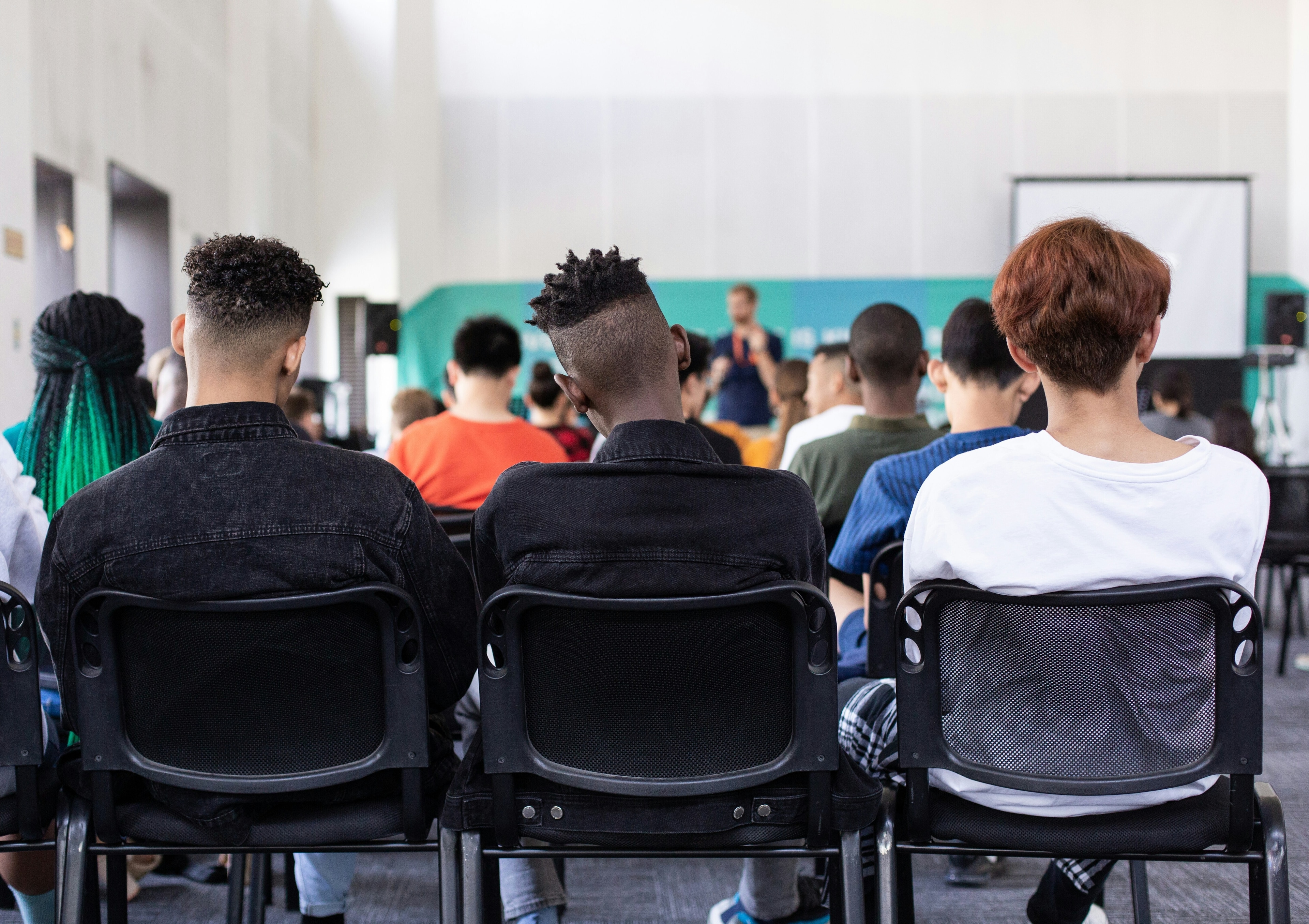This is how we can stop young children developing racial biases

Racial biases in children is developed from the faces they see around them.
Image: REUTERS/Carlo Allegri
Stay up to date:
Education
Race-based conflicts and prejudices are common. The persistence of such attitudes has led some to ask whether we are naturally inclined to like those who are like us and dislike those who are different. One way to investigate that is to do experiments with babies and young children.
Babies make a distinction between those who are more visually similar to people they are used to seeing and and those who are less similar.
A few studies have suggested that many babies develop a bias towards people apparently more like themselves over the first year of life. Newborns show no preference for faces from their own race as compared to another race and recognise all faces equally well. But one study claimed that, at three months, babies prefer to look at pictures of faces from their own race and by nine months, they recognise faces from their own race better. We see a similar effect with language according to a study which indicated that babies from six months of age (but not before) show a preference for people who speak their native language.
Such bias is evident in babies from all around the world and reflects what they see in their environment. Importantly, some 90% of babies grow up in families where the parents are the same race, and encounter faces and languages from their own race significantly more than those from other races. By focusing on improving how they attend to and process information from this subgroup of people, babies are able to more efficiently use their limited cognitive resources.
This distinction is referred to as the “in-group” and the “out-group” in psychology. The former is a social group you psychologically identify as being a member of – such as your gender, race or football club. The latter are all the rest.
A study in 2017 suggested that Chinese, Canadian, English, American and French babies aged six to nine months associate happy music with members of their own race and sad music with members of another race. The research group also suggested that babies begin to show a preference for learning from people of their own race over those of another race.
Such apparent biases, though, likely arise from familiarity. As a result, babies associate their own race with happy expressions and learning experiences. We also know that “stranger anxiety” increases over this age range. Nine-month-olds’ heart rates accelerate when meeting a stranger while the heart rates of five-month-olds do not. Faces they are less familiar with may contribute to this general stranger anxiety at nine months of age by being perceptually different from what they are familiar with.
This is sometimes wrongly described as “racist”. But all it shows is that infants are very aware of visual differences and are using them to categorise the social world, driven by perceptual familiarity and positive associations. This differs from racism which, by definition, is “prejudice, discrimination or antagonism directed at someone of a different race”. Babies don’t have negative thoughts about other groups – they don’t think much about them at all, as most of them are used to seeing only one type of face.
However, these early biases may support the development of later racial attitudes. Babies, children and adults all show a strong preference for their own group, regardless of how that group is made up. Five-year-olds think members of their own group are kinder and less likely to steal, even when group membership is created by something as superficial and transient as T-shirt colour.
Take this own-group favouritism and mix it with early attention to racial differences and you can see how children might be primed to develop racial attitudes. If they don’t have the opportunity to interact with people of different races, their information about these groups has to come from other places like their parents, societal stereotypes or the media they see. A proper awareness of social stereotypes can begin as early as around six years of age.
So what’s a parent to do? A common approach is to be “colourblind” when talking to children. Indeed, several recent studies have found that parents with multicultural, egalitarian ideologies tend to opt for this. One study found that, when reading stories to their children, parents frequently use gender cues – such as “this little girl and that little boy” to reference the pictures but very rarely used race cues. Despite several prompts, parents are often very reluctant to discuss race explicitly with their children.
Multicultural curriculum initiatives are often less successful than hoped, and researchers suggest that messages such as “we’re all friends” are just too vague for children to understand that it refers to skin colour. Young children are clearly very aware of race and treat it as a social category. A colourblind approach ignores this and teaches children that some differences are OK to talk about (such as gender) and some aren’t. A more effective strategy may be to talk very openly about race – and, importantly, racism – with children. One study has shown that this leads to significantly less prejudice.
Similarly, children given the opportunity to interact regularly with people from different races in a positive way show weaker race biases in infancy and more positive racial attitudes in childhood.
While we know that babies make categorisations based on race, the attitudes that children encounter as they grow up can build on these in positive or negative ways – we are not “naturally inclined” to be racist. Racial equality would likely reduce negative biases, but it is sadly progressing slowly and unevenly. In the meantime, the key seems to be talking about differences positively and introducing children to a range of cultural experiences.
Accept our marketing cookies to access this content.
These cookies are currently disabled in your browser.
Don't miss any update on this topic
Create a free account and access your personalized content collection with our latest publications and analyses.
License and Republishing
World Economic Forum articles may be republished in accordance with the Creative Commons Attribution-NonCommercial-NoDerivatives 4.0 International Public License, and in accordance with our Terms of Use.
The views expressed in this article are those of the author alone and not the World Economic Forum.
Related topics:
Forum Stories newsletter
Bringing you weekly curated insights and analysis on the global issues that matter.
More on Education and SkillsSee all
Naoko Tochibayashi
September 17, 2025
Shankar Keshav Prasad
September 15, 2025
Emilian Axinia
September 11, 2025
Alexander Shevchenko
September 4, 2025
Corinne Brenner and Mandë Holford
September 4, 2025






